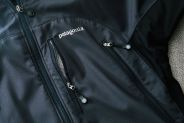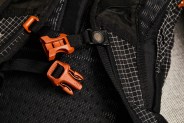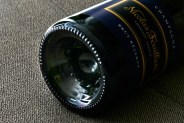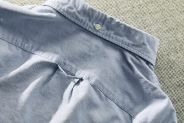Anyone who has used a generic desktop keyboard or laptop for long enough has eventually noticed this phenomenon; shiny spots begin to appear on some keys or even on specific areas of bigger keys like the spacebar. It’s aesthetic aberration well-understood by the keyboard enthusiast community. Still, the topic crops up in wider tech circles occasionally, as it did recently on Jon Gruber’s famed site Daring Fireball.
Based on the look of these spots, we naturally assume the worst about ourselves: that these are nasty, greasy stains created by the natural oils of our fingers and hands repeatedly touching the same spots – and what’s worse, we never bothered ever clean them off. But in this case, looks are most definitely deceiving.
The truth is that so-called “keycap shine” isn’t the residual oils our fingers leave behind on our computer keyboard keys. Instead, the look results from friction from our fingertips slowly degrading the surface coating of keycaps over time to reveal the material’s shinier sub-surface. Most often, this occurs with keyboards featuring keycaps made from softer and cheaper plastics, including most noticeably ABS (Acrylonitrile Butadiene Styrene) plastic,
This explains why no matter how hard you try to clean your keyboard, the spots still remain. In a twisted act of science, scrubbing hard using certain types of materials can actually have the opposite effect of making keycap shine worse.
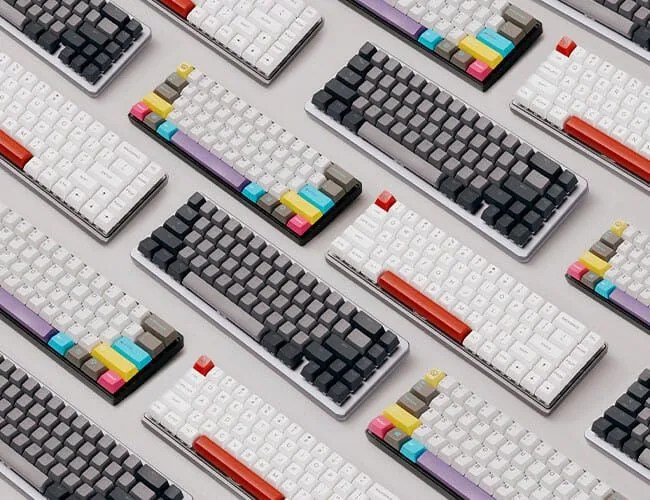
Enthusiast keyboards with higher price tags are more likely to avoid this aesthetic issue thanks to PBT keycaps. Polybutylene Terephthalate is a harder and denser plastic than ABS and more resistant to wear from natural oils and chemicals. Of course, it’s also more expensive and somewhat trickier to manufacture, so it’s not an industry standard.
But as some knowledgable keyboard fans have pointed out, even keyboards featuring PBT keycaps can often still feature ABS plastic on larger keys like the spacebar due to the challenges of making larger keys from PBT. This helps explain why, on some keyboards, only the spacebar seems to look greasy, even though many other keys used just as often look totally fine.

